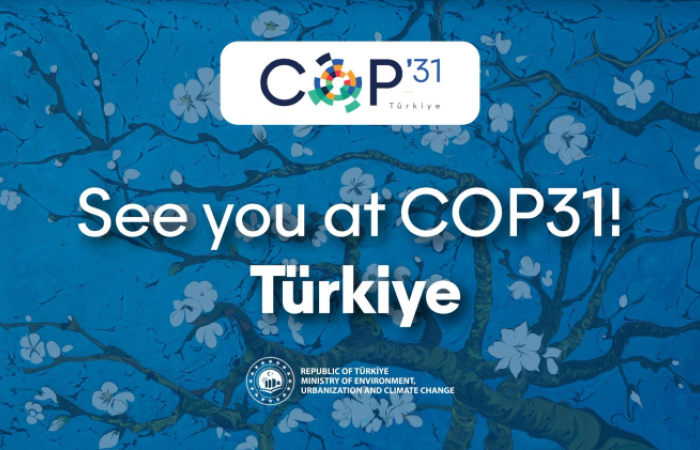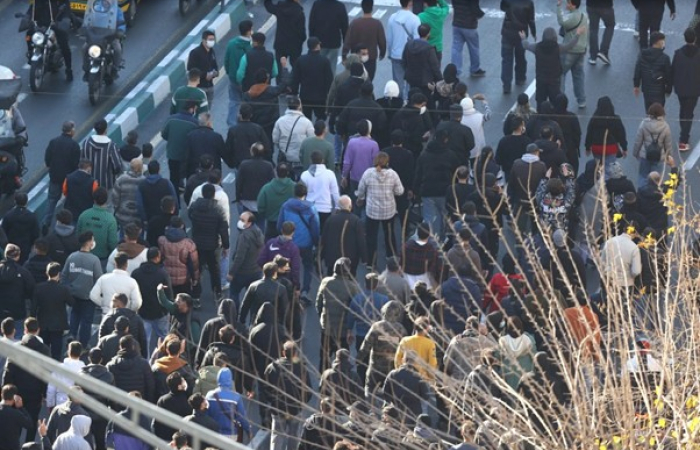"Ther South Caucasus region, in terms of security, economy and development, has been severely impacted by the unresolved conflicts, that all have their different specificity. These conflicts have torn countries, and the region's social fabric, apart, and they now stand in the way of regional co-operation and the opening of borders. They hamper democratic development and don't allow all citizens to exercise their freedoms. For the EU the current situation and the lack of movement towards conflict resolution is obviously unacceptable". This was stated by the European Union Special Representative for the South Caucasus and the Conflict in Georgia, Toivo Klaar, when making opening remarks at the 3rd Oxford Conference on Contemporary South Cauacasus issues held at Oxford University on 12 November 2018.
Klaar told the conference that the European Union wants Armenia, Azerbaijan and Georgia - as partner countries - "to help release the full potential of the neighbouring South Caucasus region as a strategic gateway between Europe and Asia. This would foster stability, security and prosperity in the entire region and beyond. It is in the best interest of our partner countries, and it is in the best interest of the EU too", Klaar added.
The conference was organised by LINKS and the Russian and Eurasian Studies Centre in the framework of the European Union's EPNK programme with the theme "Regional Co-operation in the South Caucasus: elusive but necessary".
You can watch Toivo Klaar's opening remarks at the Oxford Conference on the commonspace.eu youtube channel here
source: commonspace.eu
photo: Toivo Klaar






